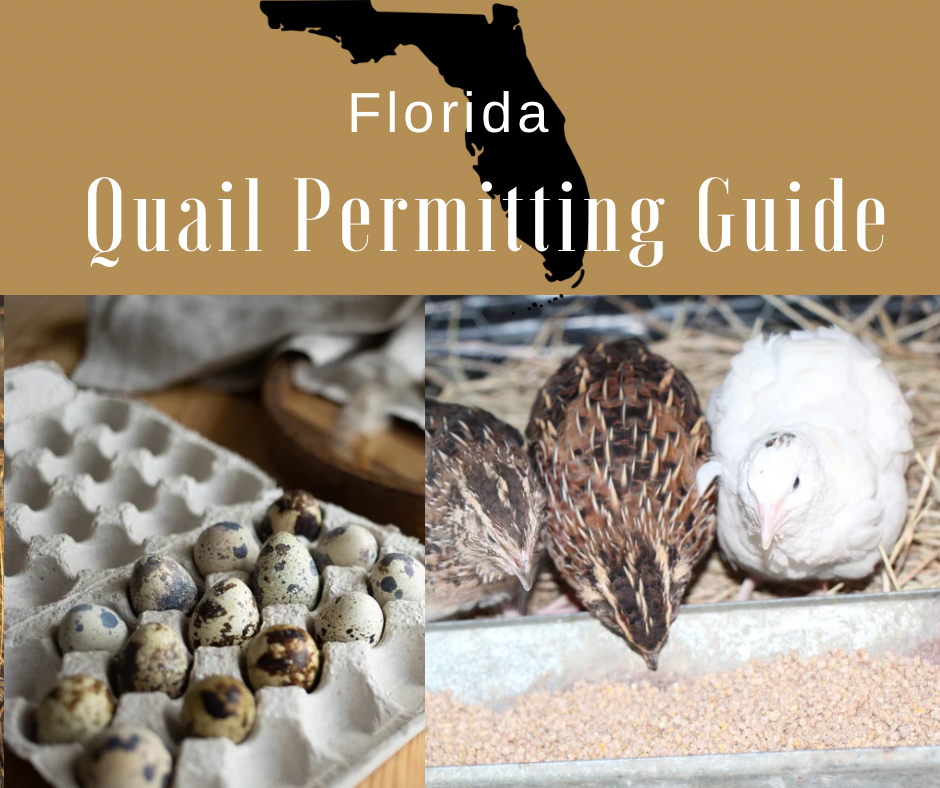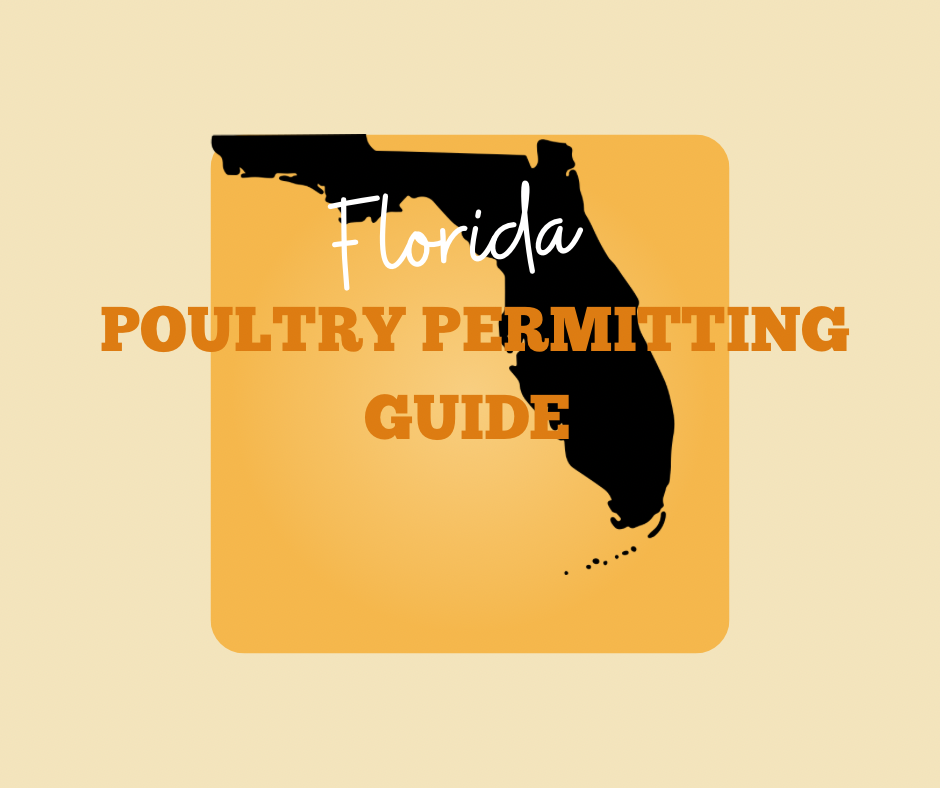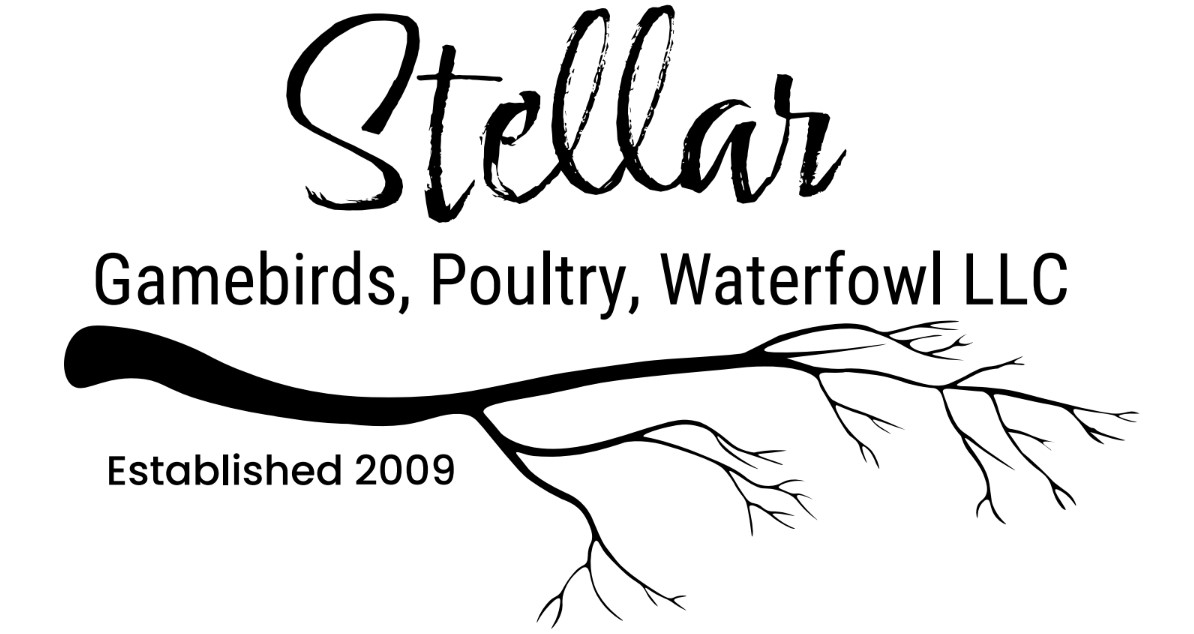When considering which birds to raise on your farm or homestead, one of the most important decisions is whether to choose heritage or standard birds. While both types of poultry can provide eggs, meat, and enjoyment, the differences between them are significant. These differences affect everything from how the birds grow and behave to the flavor of the meat and the quality of the eggs they produce. Understanding the distinctions between heritage and standard birds can help you make an informed decision that aligns with your farming goals, lifestyle, and values.
What are Heritage Birds?
Heritage birds are breeds that were common on farms before the advent of industrial farming. These breeds are considered “heritage” because they have been passed down through generations, retaining many of the characteristics that made them valuable to small-scale farmers in the past. They are the original breeds, developed for their adaptability, hardiness, and the ability to reproduce naturally without the need for artificial intervention.
One of the hallmarks of heritage birds is their slower growth rate. These birds take significantly longer to reach maturity than their modern, commercial counterparts. For example, a heritage chicken may take up to 16 to 20 weeks to reach its full size, while a standard broiler chicken can be ready for slaughter in as little as 6 to 8 weeks. This slower growth allows heritage birds to develop strong skeletons and healthy muscle mass, which contributes to their longer lifespans and overall health.
Heritage birds also have a longer productive life when it comes to laying eggs. While commercial laying hens are often “spent” after a year or two, meaning they no longer lay as many eggs and are typically culled, heritage breeds can continue laying eggs for several years, albeit at a slower rate as they age. This makes them a good choice for farmers who want to keep a sustainable flock over the long term.
Characteristics of Heritage Birds:
- Natural Reproduction: Heritage birds are able to reproduce naturally, without the need for artificial insemination. They are good brooders and can raise their own chicks.
- Longer Lifespan: These birds have the potential for a longer, more productive life, both in terms of egg-laying and general longevity. It’s not uncommon for a heritage chicken to live 5 to 7 years or more, especially when given proper care.
- Hardiness and Adaptability: Heritage breeds are often more resistant to diseases and better able to thrive in a variety of climates. Many of these birds were originally developed to endure harsh weather conditions and live off the land by foraging for food.
- Flavorful Meat and Eggs: Heritage birds are prized for the flavor of their meat, which is richer and more complex compared to standard birds. Their eggs are often more flavorful, with vibrant yolks that can range in color, depending on the breed.
- Natural Behaviors: Heritage breeds tend to display natural behaviors such as foraging, scratching, and nesting. They are well-suited to free-range or pasture-based environments and enjoy roaming in search of food.
Because of these traits, heritage birds are ideal for farmers who prioritize sustainability, animal welfare, and quality over quantity. They are particularly well-suited for small-scale, backyard, or homestead farming where the focus is on long-term productivity and preserving the genetic diversity of traditional breeds.
What are Standard (Commercial) Birds?
In contrast, standard birds are modern poultry breeds that have been developed specifically for industrial farming. These birds have been selectively bred over the years to maximize efficiency and productivity. Commercial breeds are typically designed for either meat production or egg-laying, with a strong emphasis on fast growth, high yield, and uniformity.
One of the most notable differences between heritage and standard birds is their growth rate. Standard broiler chickens, for example, are bred to grow at an astonishingly fast rate, reaching slaughter weight in just 6 to 8 weeks. This makes them the preferred choice for large-scale poultry operations where the goal is to produce as much meat as possible in the shortest amount of time. However, this rapid growth comes with some significant drawbacks. Many standard broiler chickens suffer from health problems, such as skeletal issues and heart conditions, because their bodies grow faster than their bones and organs can handle.
Similarly, standard laying hens are bred to lay as many eggs as possible in a short amount of time. A standard commercial hen can lay more than 300 eggs per year, far outpacing heritage breeds. However, this high rate of production can take a toll on the hen’s body, leading to issues such as egg-binding, osteoporosis, and other reproductive problems. Commercial laying hens are often kept in controlled environments such as cages or barns, where their access to natural behaviors like foraging and nesting is limited.
Characteristics of Standard Birds:
- Fast Growth: Standard broiler chickens are bred to grow quickly, reaching market weight in a matter of weeks. This makes them highly efficient for meat production, but it also leads to health issues in many cases.
- High Egg Production: Standard laying hens are prolific layers, producing far more eggs than heritage breeds. However, they have shorter productive lifespans and are often culled after just one or two years.
- Limited Natural Behaviors: Due to their rapid growth and breeding for productivity, standard birds often exhibit fewer natural behaviors. They are usually kept in controlled environments where they may not have the space or opportunity to forage or explore.
- Health Issues: Standard birds, particularly broilers, are prone to a variety of health problems related to their fast growth and high productivity. This includes leg problems, heart conditions, and reproductive issues.
- Uniformity and Efficiency: Standard birds are bred for uniformity, which makes them ideal for large-scale operations where consistency in size, weight, and egg production is important.
Because of these characteristics, standard birds are typically found in industrial farming operations where the focus is on maximizing production. While they are efficient and cost-effective, they are not always the best choice for farmers who prioritize animal welfare or sustainable farming practices.
Choosing Between Heritage and Standard Birds
The decision between raising heritage birds or standard birds depends on your farming goals and values. If you’re looking for birds that can grow quickly, produce a large number of eggs, or provide a consistent source of meat, standard birds might be the best option for you. They are highly efficient and can provide a steady income for farmers who operate on a larger scale.
However, if you’re more interested in raising birds that can live long, healthy lives, reproduce naturally, and contribute to a sustainable, pasture-based farming system, heritage breeds are the way to go. While they may take longer to grow and produce fewer eggs than their commercial counterparts, they offer superior flavor, hardiness, and the satisfaction of knowing you are helping preserve a valuable piece of agricultural history.
Ultimately, both types of birds have their place in the farming world, and the right choice depends on your specific needs and the type of operation you want to run. Whether you’re a small homesteader focused on sustainability or a larger farmer looking for efficient production, understanding the differences between heritage and standard birds will help you make the best decision for your farm.









